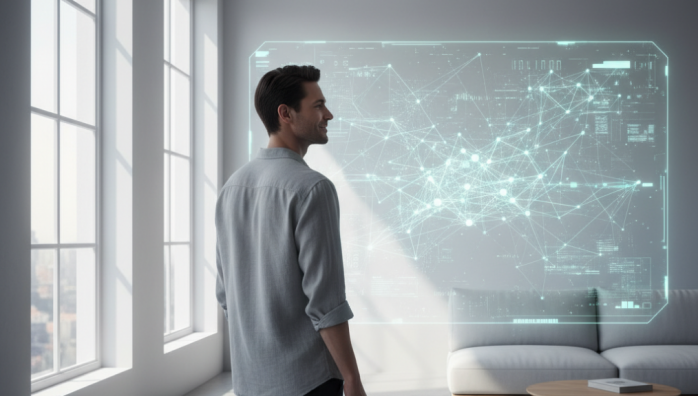Why I stopped building a Second Brain (and what I do instead)
by admin in Productivity & Tools 18 - Last Update November 16, 2025

I was completely captivated by the idea of a "Second Brain." The promise was intoxicating: a perfect digital extension of my mind where no idea, no fleeting thought, and no useful article would ever be lost again. I dove in headfirst, choosing my tools, designing my folder structure, and diligently capturing everything. But after months of meticulous effort, I had to be honest with myself. It wasn't working. In fact, it was making me less productive.
The dream of a perfect digital archive quickly turned into the reality of digital hoarding. I fell hard for what I now call the "collector's fallacy"—the belief that capturing information is the same as knowing it. My system was beautiful, full of neatly tagged notes and linked ideas, but I rarely revisited any of it. It had become a museum of good intentions.
The pressure of the perfect digital garden
The biggest problem was the maintenance. My Second Brain demanded constant tending. I felt a low-grade anxiety about processing my inbox, tagging notes correctly, and making sure everything was linked just right. It felt less like a tool for thinking and more like a second job in digital administration. I was spending more time organizing ideas than I was actually using them to create, build, or solve problems. The system, which was supposed to serve me, had become a master I felt obligated to serve.
From ‘just in case’ to ‘just in time’
My turning point came when I realized the core flaw in my approach. I was building a library for a hypothetical future self, a massive repository of information 'just in case' I might need it someday. But that day rarely came. I shifted my entire philosophy from 'just in case' to 'just in time.' I don't need to store everything; I just need to be good at finding information when a specific need arises. My focus moved from passive collection to active creation. The value isn't in the archive; it's in the output.
What my system looks like now: simple and action-focused
I didn't abandon digital notes entirely; I just radically simplified the system to be ruthlessly action-oriented. It’s less of a brain and more of a temporary workshop. Here's what it looks like.
The ephemeral inbox
I still have a single place to capture ideas, links, and thoughts. The difference is that it's designed to be temporary. Every week, I review it. If an item doesn't relate to an active project or spark immediate action, I delete it without guilt. Information is abundant; my attention is not.
Project-based notes
Instead of organizing by abstract topics like 'psychology' or 'marketing,' I only create and keep notes that are directly tied to a project I am actively working on. A note file might be called "Q3 Website Redesign." Once that project is finished, the entire folder of notes gets archived. It's no longer a distraction.
A single ‘inspiration’ file
For those truly profound quotes or groundbreaking ideas that I know will be timelessly valuable, I keep a single, simple text file. It's not a database to be managed, but a short, curated document I can read for a dose of inspiration. It's about resonance, not volume.
Letting go of the Second Brain ideal was liberating. I feel less digital anxiety and a greater sense of clarity. My system is now messier, more transient, but infinitely more useful because it's built for doing, not just for knowing.














